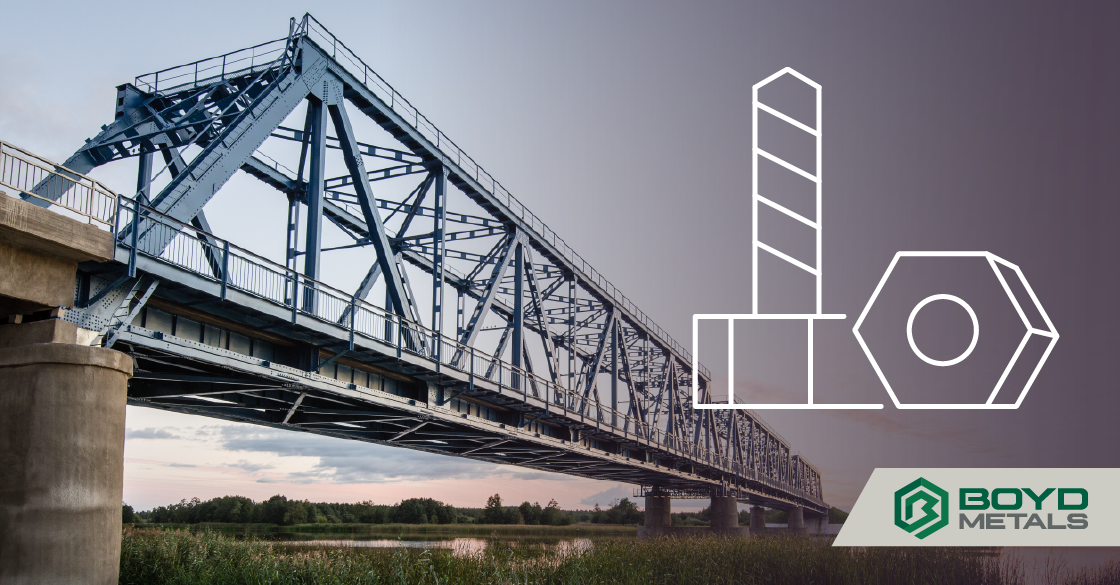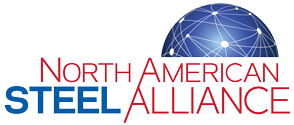Selecting the right metal plate for your project involves understanding various grades and finishes. Keep reading to learn the key differences between types of metal plates and explore the importance of factors like strength, corrosion resistance, and weldability. Whether you're working on a high-stress construction project or a specialized industrial application, knowing these distinctions will help you make informed decisions.
Why Are There Different Grades of Metal Plates?
Metal plates come in various grades to meet specific requirements for strength, corrosion resistance, weldability, and performance in diverse industrial and construction applications. Different grades ensure that the material can withstand the conditions it will be exposed to, whether it's the high-stress environment of a construction site or the corrosive atmosphere in chemical processing.
Meeting Specific Strength Requirements
Strength is a critical factor in material selection. Different applications demand different levels of tensile strength. For instance, a bridge construction project might require industrial steel with high tensile strength to support heavy loads, while a decorative metalwork project might prioritize aesthetics over strength.
-
Corrosion Resistance: Certain environments are more corrosive than others. Stainless steel plates, for example, are chosen for their resistance to rust and corrosion, making them ideal for marine applications or food processing industries where hygiene and longevity are paramount.
- Weldability and Other Performance Criteria: Another key consideration is the ability to weld a metal plate effectively. Some grades are formulated to offer superior weldability, ensuring strong and reliable joints.
Additionally, factors like thermal conductivity, hardness, and impact resistance might influence the choice of metal grade for specific applications.
Common Grading Systems or Standards Used
- ASTM (American Society for Testing and Materials): ASTM standards are widely used in the United States and internationally. They cover a broad range of materials, ensuring quality and consistency. For example, ASTM A36 is a common structural industrial steel grade known for its weldability and strength.
- AISI (American Iron and Steel Institute): AISI standards primarily focus on steel and alloy compositions. They provide detailed specifications on the chemical composition of industrial steel grades, which helps in determining their suitability for various applications.
- EN (European Norm): EN standards are prevalent in Europe and provide comprehensive guidelines for material properties and testing methods. EN 10025, for instance, specifies requirements for various structural steel grades.
Examples of Graded Metal Plate Types
Here are some common types of graded metal plates used across different industries, each with unique characteristics and applications:
- Mild Steel Plates: Mild steel plates are known for their ductility, weldability, and affordability. They are commonly used in general construction, machinery parts, and automotive industries.
- High-Strength Low-Alloy (HSLA) Plates: HSLA plates, such as ASTM A572 Gr. 50, offer higher strength and are often used in structural applications where weight reduction is important without compromising strength.
- Stainless Steel Plates: Stainless steel material plates, available in grades like 304 and 316, provide excellent corrosion resistance and are used in food processing, chemical industries, and marine applications.
- Aluminum Plates: Aluminum plates are lightweight yet strong, making them suitable for aerospace, automotive, and transportation industries.
Typical Tensile Strength Ranges for Common Graded Steel Plate Types
Understanding the tensile strength of different industrial steel grades can help you select the right material for your project's strength requirements.
|
Steel Plate Type |
Typical Tensile Strength Range (MPa) |
|
A36 Structural Steel Plate |
400 - 550 |
|
HSLA Plate (A572 Gr. 50) |
450 - 620 |
|
Abrasion-Resistant 400 Plate |
1,200 |
|
Abrasion-Resistant 500 Plate |
1,400 |
|
Pressure Vessel Quality Plate (A516 Gr. 70) |
485 - 620 |
With the right graded metal plates, you can stay informed, stay efficient, and ensure the highest quality in your manufacturing processes.
Ready to Dive Deeper into Stainless Steel Finishes?
Understanding metal plate grades is just the beginning. Kick your industry knowledge up a notch with our comprehensive Stainless Steel Finishes Visual Guide. See how different finishes can make all the difference in the performance and aesthetics of your projects.





